SLS vs. Injection Molding: Competition or Symbiosis in Modern Manufacturing?
When it comes to modern manufacturing, the question of competition versus collaboration often arises. Which technology is more effective in terms of cost per part, design freedom, iterations and throughput? In this article, we look at the competitive touch points of SLS 3D printing vs. Injection Molding, and how the two technologies may even work in symbiosis.
About Injection molding
Injection molded plastic parts can be found almost everywhere in daily life, whether it is a knob, a PET bottle from the store, the bumper of your car, or almost every housing of consumer goods. The technology is used in many industries like automotive, aerospace, medical, electrical, and food packaging, which makes the variety of applications enormous. As an industry standard, it is one of the most cost-effective ways for large batch production of high quality plastic parts.
The process involves injecting molten plastic into a previously manufactured mold cavity to produce parts with a specific shape.
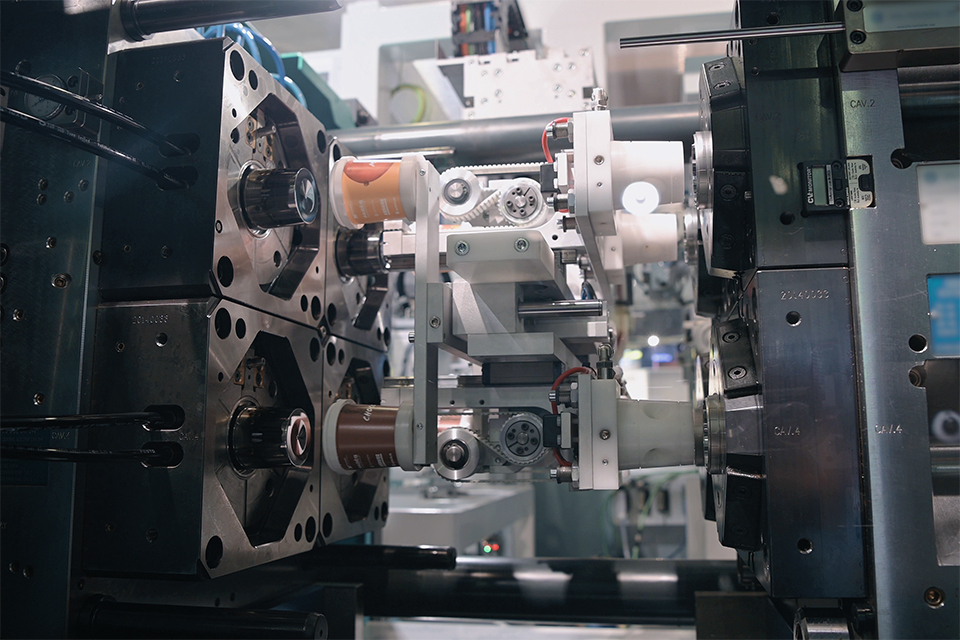
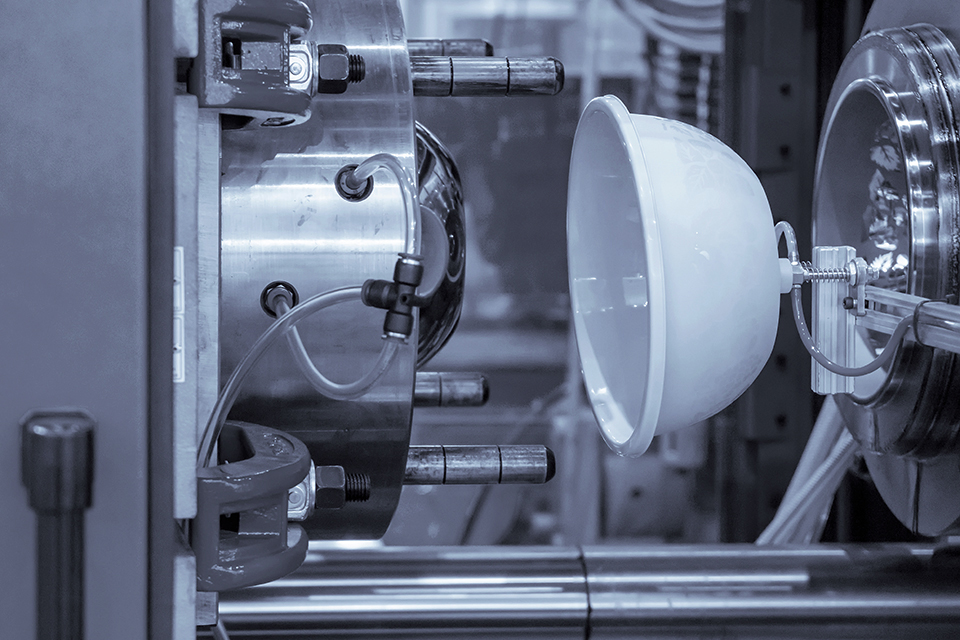
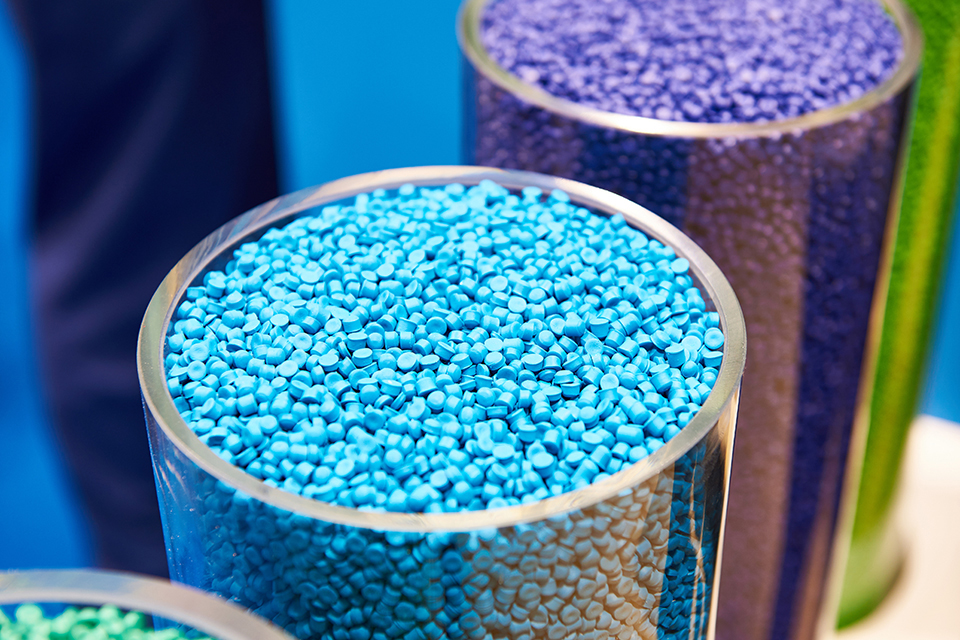


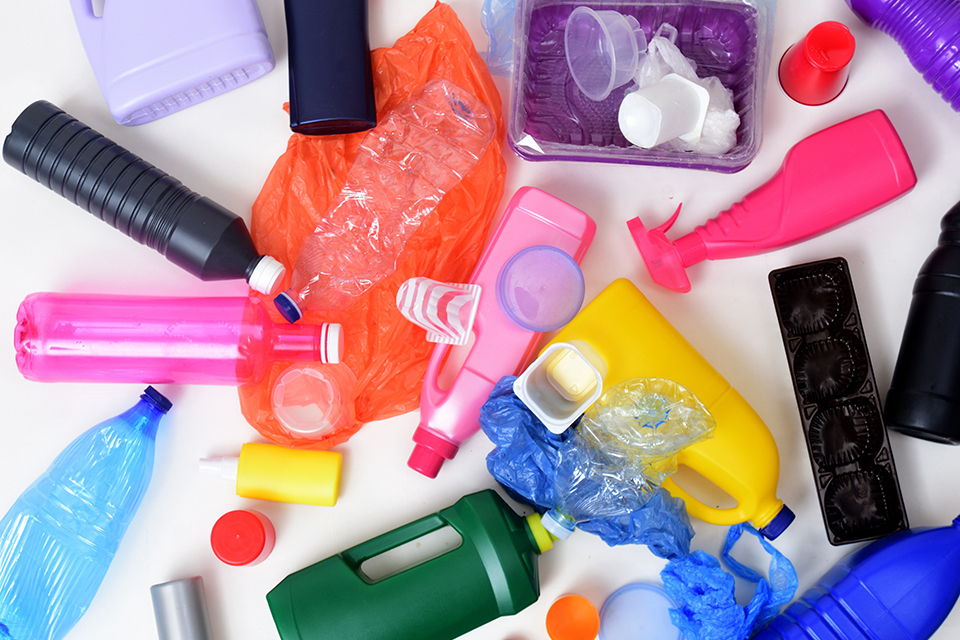
About Selective Laser Sintering (SLS)
Unlike the injection molding process, SLS technology works additively, and does not require a mold as the parts are built up layer by layer. This method uses powder based polymers, such as PA12 nylon, which is applied to a build platform and then selectively sintered by a laser. The unsintered powder is used as support medium , allows a high degree of design freedom. If you want to dive deeper into the SLS process, have a look at this article.

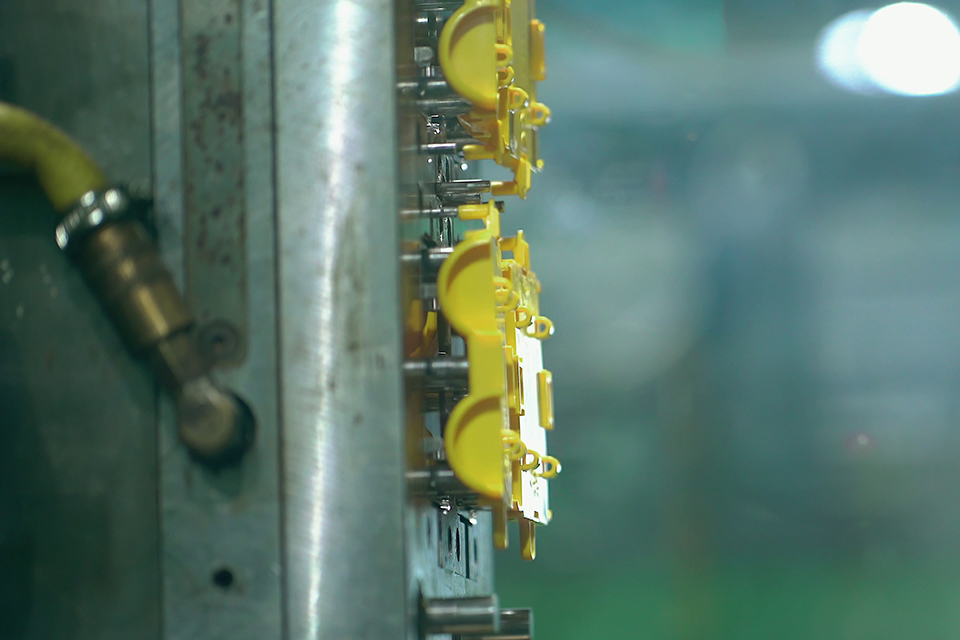
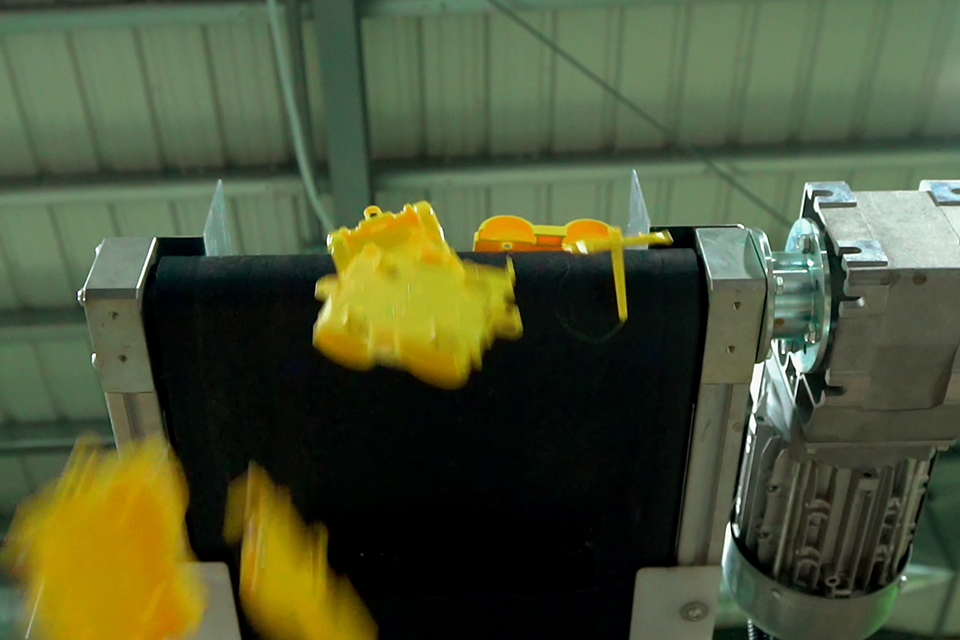
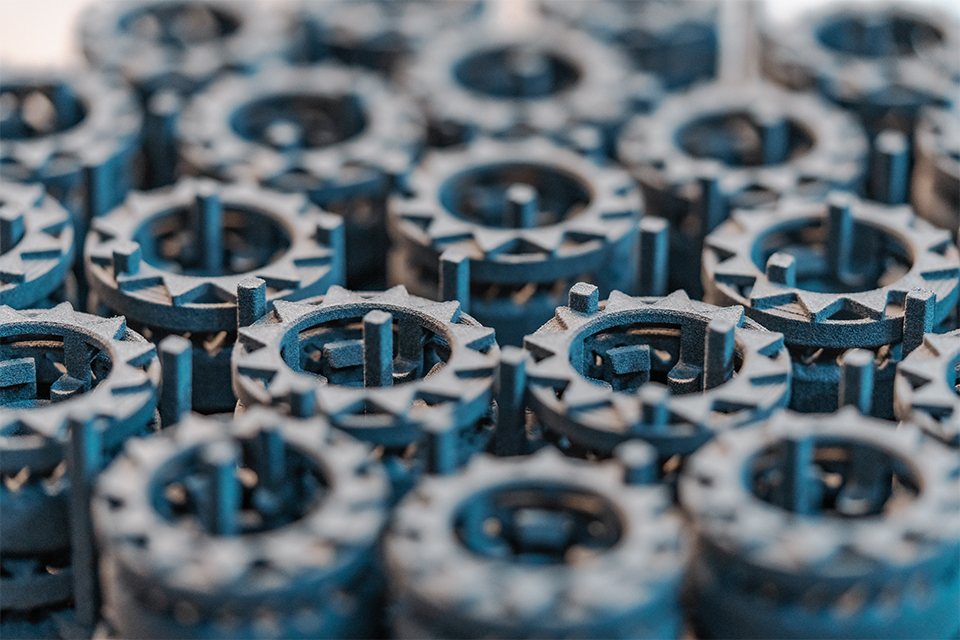
Volume and Cost efficiency
Injection molding is best for standardized parts that are required in large quantities, but offers limited flexibility for customization. When it comes to volume and cost efficiency, injection molding reigns supreme in large-scale production, driving down unit costs through economies of scale.
Conversely, SLS excels in low-to-medium volume production, especially for complex designs. Its cost-effectiveness increases with complexity, making it a competitive option for specialized applications.
Design Iteration
Since injection molding relies on a mold, as mentioned above, the iteration process is cumbersome and time-consuming. Each design change requires an adjustment or new production of the mold, which in turn has an impact on the total costs and the cost per unit.
Selective Laser Sintering is mold-independent, enabling fast iterations and making it an excellent platform for rapid prototyping. With its design versatility, SLS excels in creating intricately customized designs that are uniquely tailored to meet the diverse needs of various industries and applications. In addition to meeting specific requirements, it also facilitates fast adaptation to evolving market demands, allowing manufacturers to refine product designs with ease and precision, thus fostering continuous innovation and competitiveness.
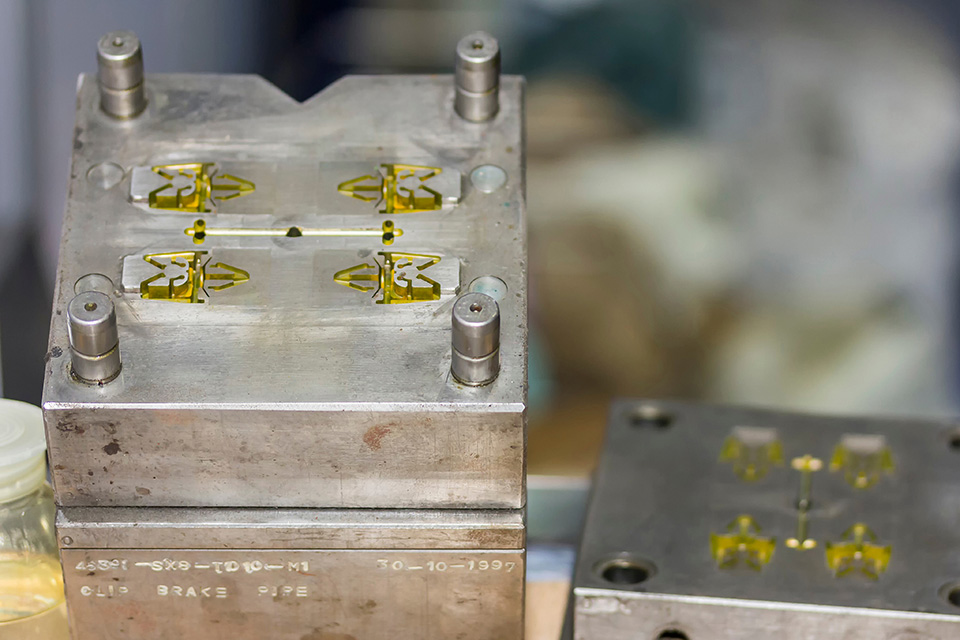
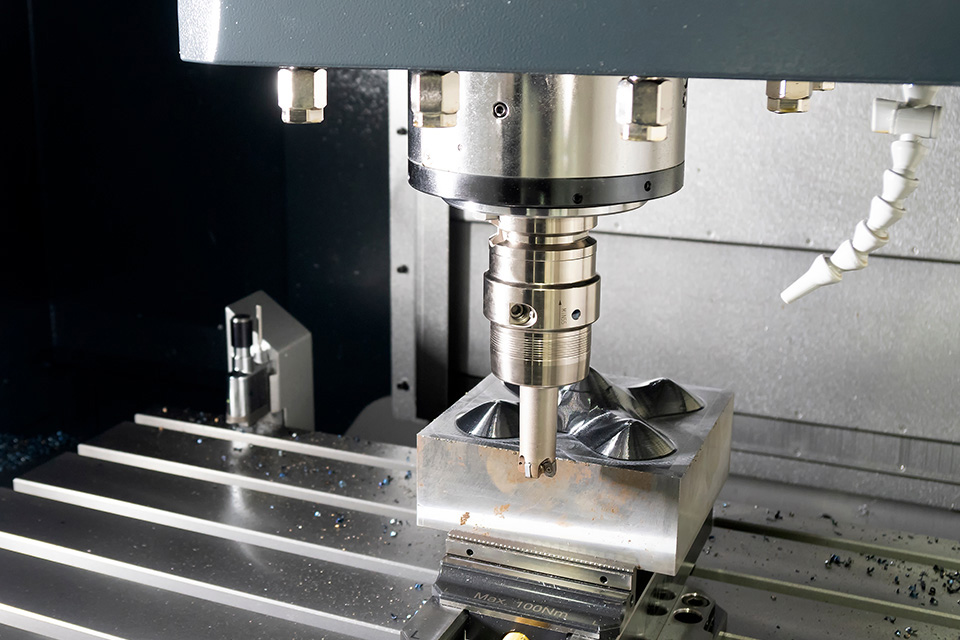
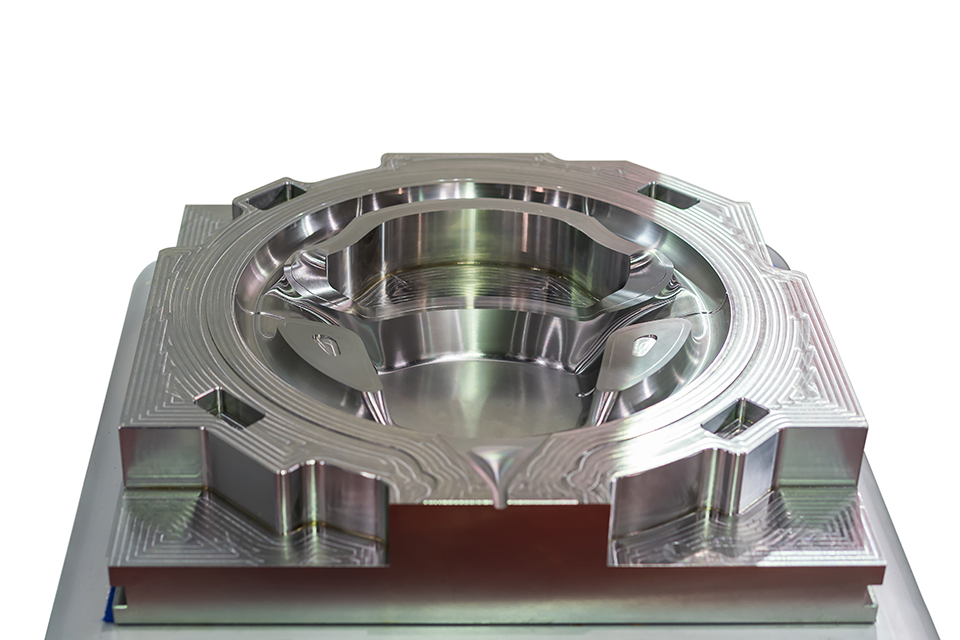

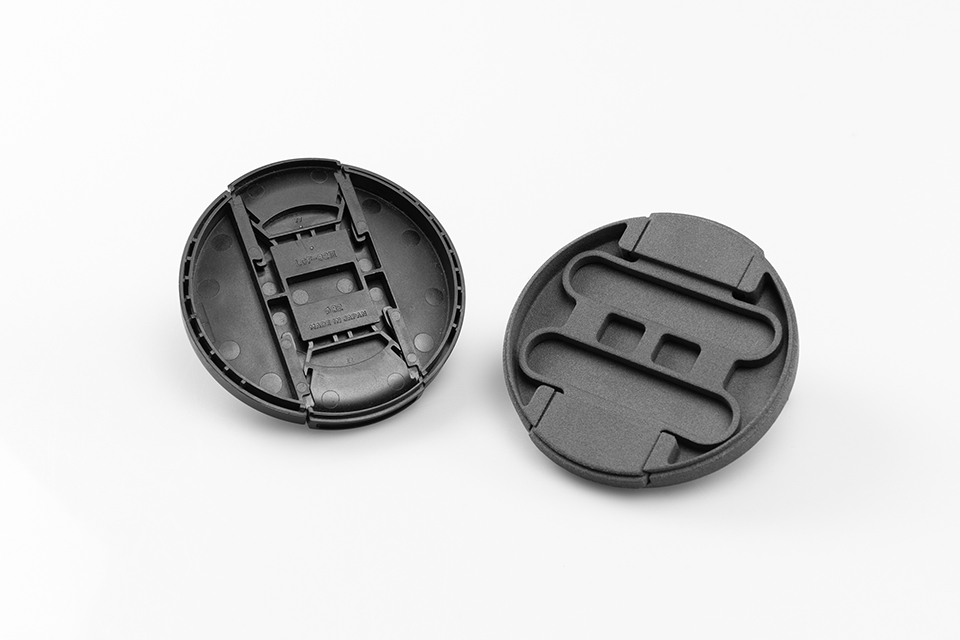
In-house vs. Commissioning
The advent of affordable in-house SLS systems such as the Sintratec All-Material Platform marks a paradigm shift in manufacturing. With the ability to produce parts just-in-time and eliminate reliance on external suppliers, SLS is emerging as a feasible solution for low-volume production and bridging supply chain uncertainties. However, as production scales, the limitations of a single SLS printer require a transition to contract injection molding. To that end, modular 3D printing systems offer a great alternative, marking an affordable entry into low-volume production that can be seamlessly scaled.
Sustainability
In terms of sustainability, selective laser sintering takes a big step forward with its minimal waste and high recycling rates (up to 90%, depending on the material). Injection molding, on the other hand, typically generates waste at the sprue, the runners, the gates, and the overflow material exiting the cavity. However, scrap rate for injection molding is surprisingly low and is only undercut by 3D printing.
Industrial-grade parts, minimal waste and excellent recycling properties makes SLS a technology that meets the growing importance of sustainable manufacturing processes for a greener future.

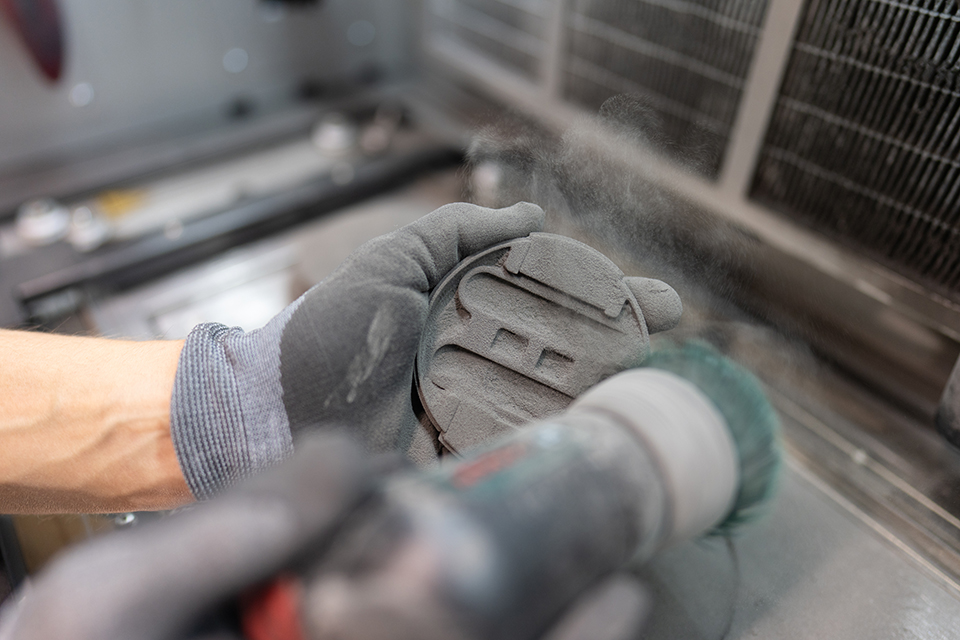

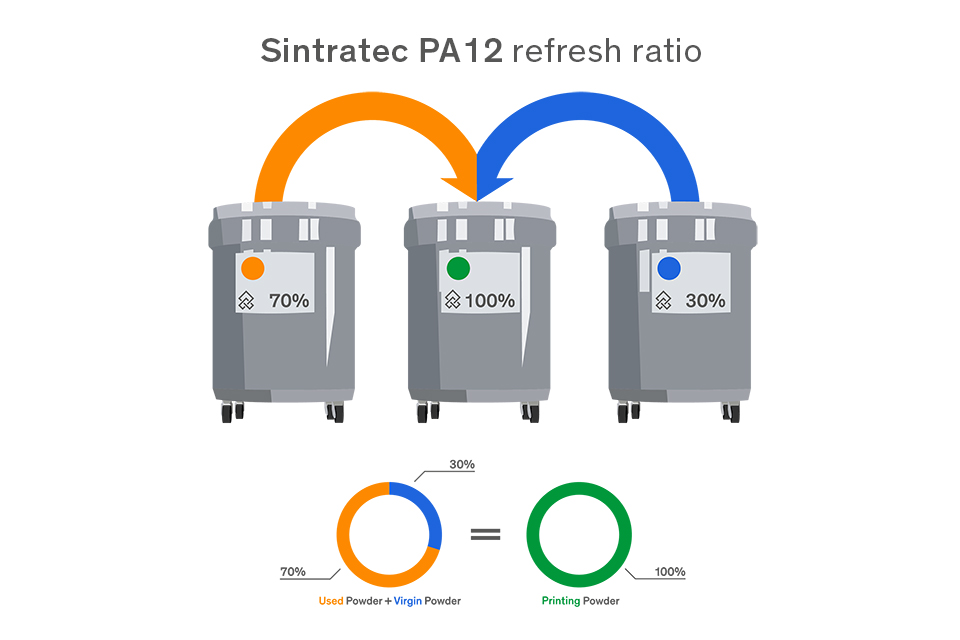
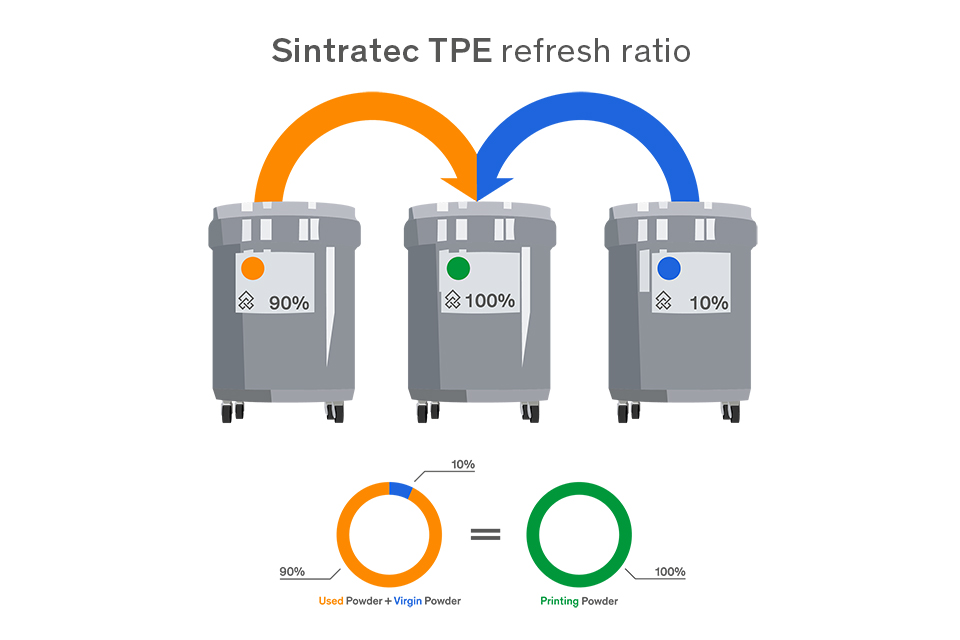
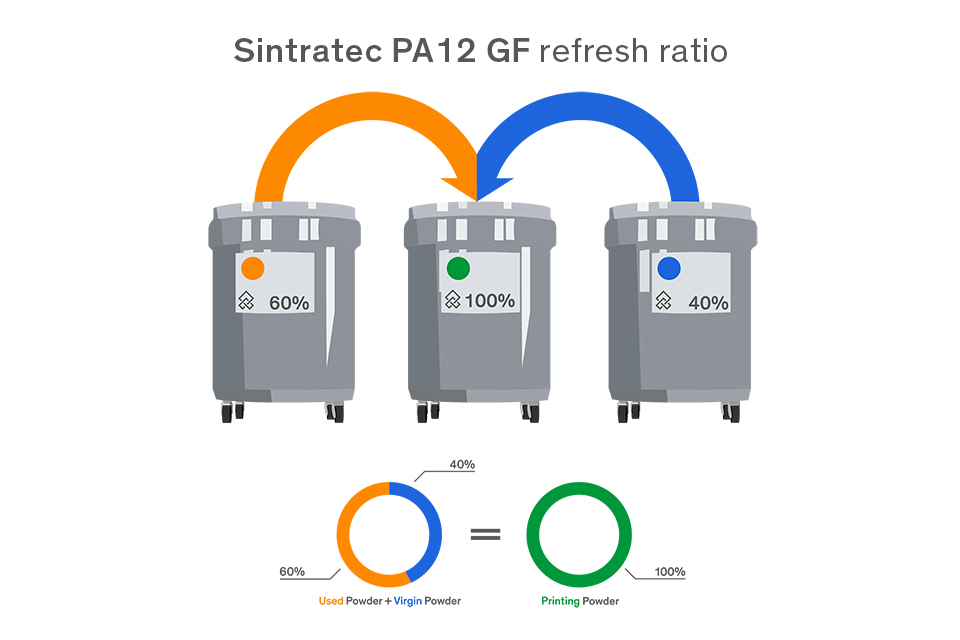
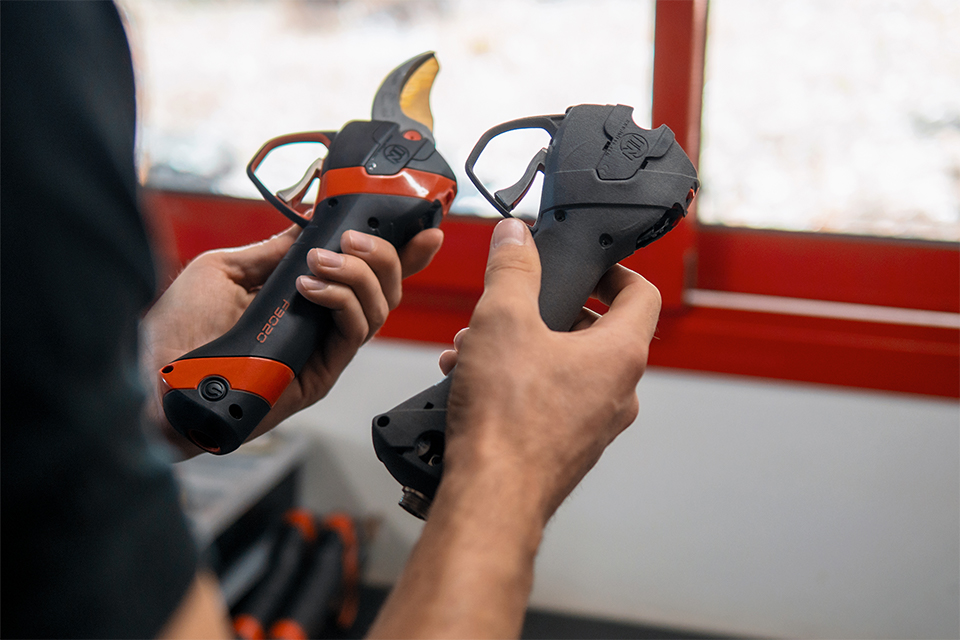
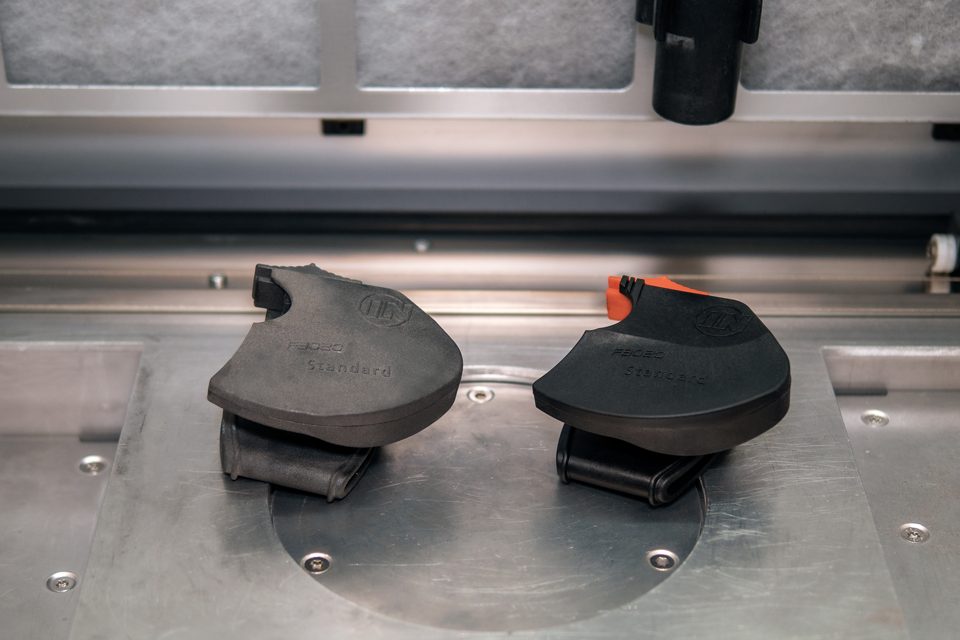
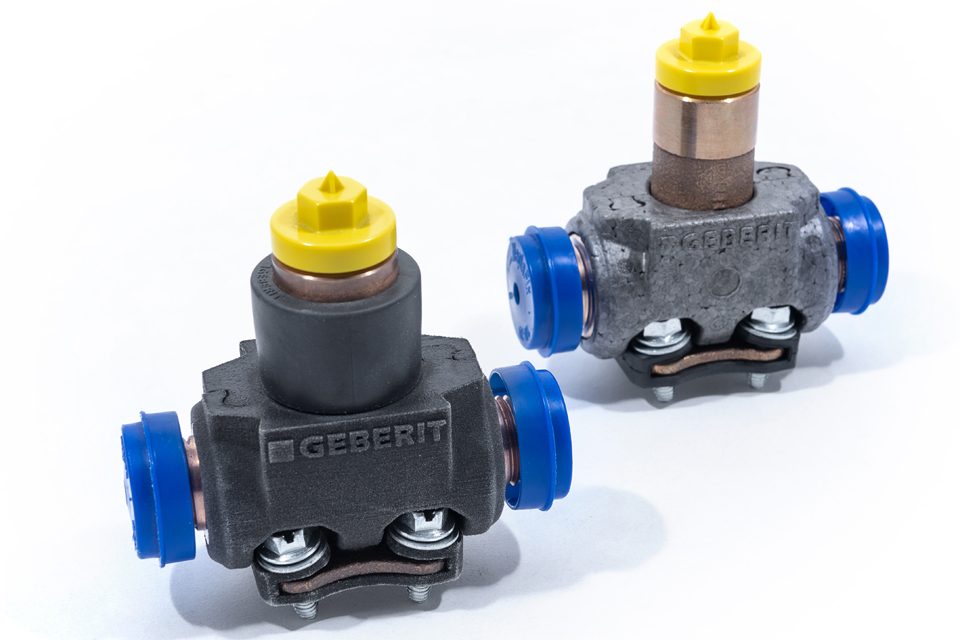
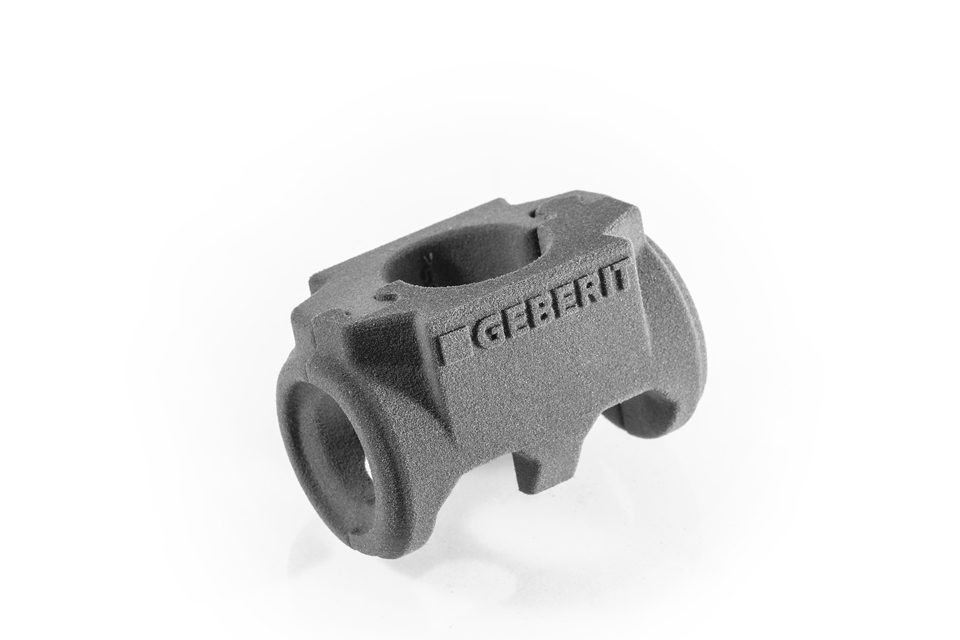
From prototype to mass product
In practice, many companies that have adopted SLS 3D printing use it not as an alternative, but as a first step before series production. French power tool manufacturer INFACO, for example, uses a Sintratec S2 to quickly 3D print, iterate and verify designs. Once all the tests have been passed, the parts are ready for mass production. Similarly, global brand Geberit uses the Sintratec technology to produce and thoroughly test sanitary components before injection molding, saving valuable time to market. In all of these cases, the similar material properties of SLS prototypes compared to the final injection molded parts are key to validating designs effectively.
Conclusion
In the ongoing narrative of manufacturing technology, the debate over SLS 3D printing vs. injection molding embodies a nuanced interplay between competition and collaboration. As proponents of SLS, we believe it is not a simple choice, but rather a complicated dance between collaboration and competition. Whether perceived as adversaries or partners, the future of modern manufacturing depends on strategically leveraging the unique capabilities of each approach and fostering an environment that embraces both competition and cooperation.
Need consulting?
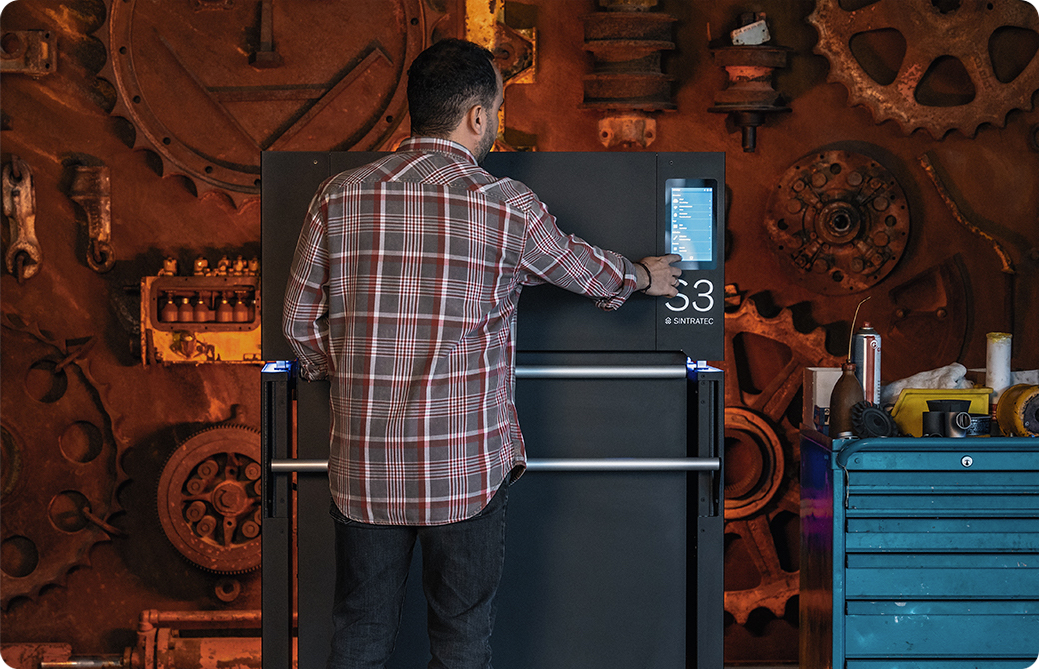
[contact-form-7 id=”32022″ title=”Contact form Story”]




